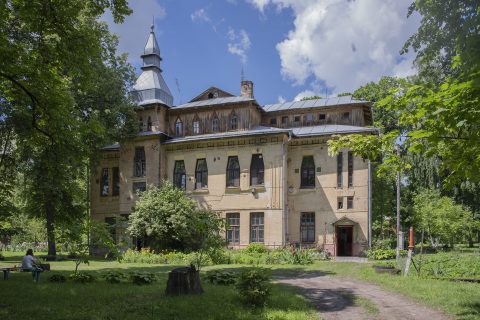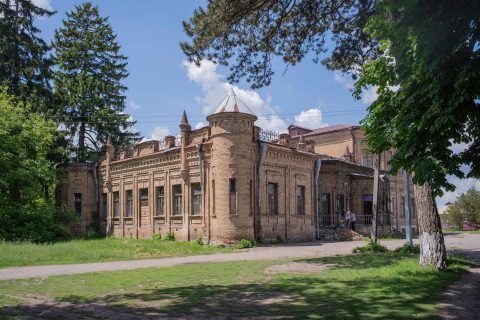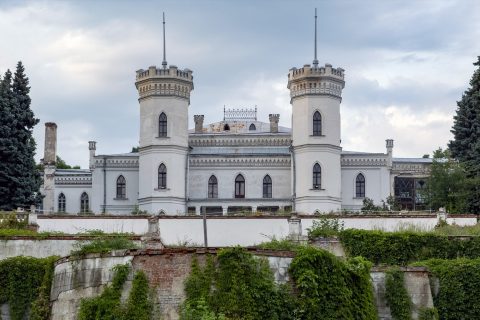
It’s All about Lace: Chernihiv’s Fretted Architecture
Four years ago, volunteers launched an online museum for Chernihiv’s wooden architecture in a bid to preserve their city’s traditional fretwork at least online. The project ceased to be virtual-only in 2019 when its founders became involved in restoring fretwork on an old house. Now activists are restoring their eighth building. The project’s leader Stanislav Ivashchenko told us what made Chernihiv wooden architecture special, why we would never know the meaning behind its ornaments, and how much it cost to restore one house.

A web designer and founder of the Wooden Lace of Chernihiv project.
— The Chernihiv Region has a lot of forests, so traditional wooden architecture is a common sight here. Although wooden buildings are nothing unusual in the South of Ukraine, as well as in Russia, Belarus, and Southern Europe, they look nothing similar. The ones like we have in Chernihiv are found only in the Chernihiv Region and only south of the city. Those are all single-storey houses with wooden log walls covered with lath and
It’s hard to pinpoint when the architecture of this kind emerged — wood has always been the primary building material in Polissia and Severia. The oldest house here dates back to the end-17th century. However, its skeleton of wooden log walls is the only thing that’s left of it. Most landmark buildings were constructed on the edge of the 19th and 20th centuries. We are talking primarily about the residential houses here — private and rented — as civic buildings were usually built from brick.
The ornaments seen on those houses in Chernihiv are referred to as “wooden lace”. Most of the time, they are not fretwork per se, but rather a simpler kind of openwork — something akin to paper cut work but in wood. It’s faster and cheaper to make, and it’s done with a bow saw, e.g., a fretsaw. Meanwhile, volumetric wood carving takes skill, familiarity with chiselling, and lots of time. I believe this is why you don’t see much of that in Chernihiv.
The ornaments may differ even from street to street. Most of them are floral and geometric, but there are some animals, birds (pigeons and roosters), string musical instruments, and solar symbols. In Oster, a town near Kozelets, there is a house with more unusual ornaments that incorporate elephants.
Nowadays, we can only guess what meaning the artisans put in their symbols — sadly, the tradition was lost. Wooden houses were rarely constructed after World War II, so the old workshops disappeared. While the Star of David may plausibly point to the Jewish roots of the house owner, the meaning behind eight-, ten-, and twelve-pointed stars remains a mystery.
We can only guess what meaning the artisans put in their symbols — sadly, the tradition was lost.
One researcher of Chernihiv architecture believes the serrated edge below the ledge symbolizes the water pouring on the floral ornaments on the walls — a charm for a bountiful harvest. But why would a city dweller want to secure a harvest? There are repeating ornaments in some areas of Chernihiv — the workshops probably had catalogues of typical lace elements they made.
Lath nailed to the walls with clay or plaster on top.
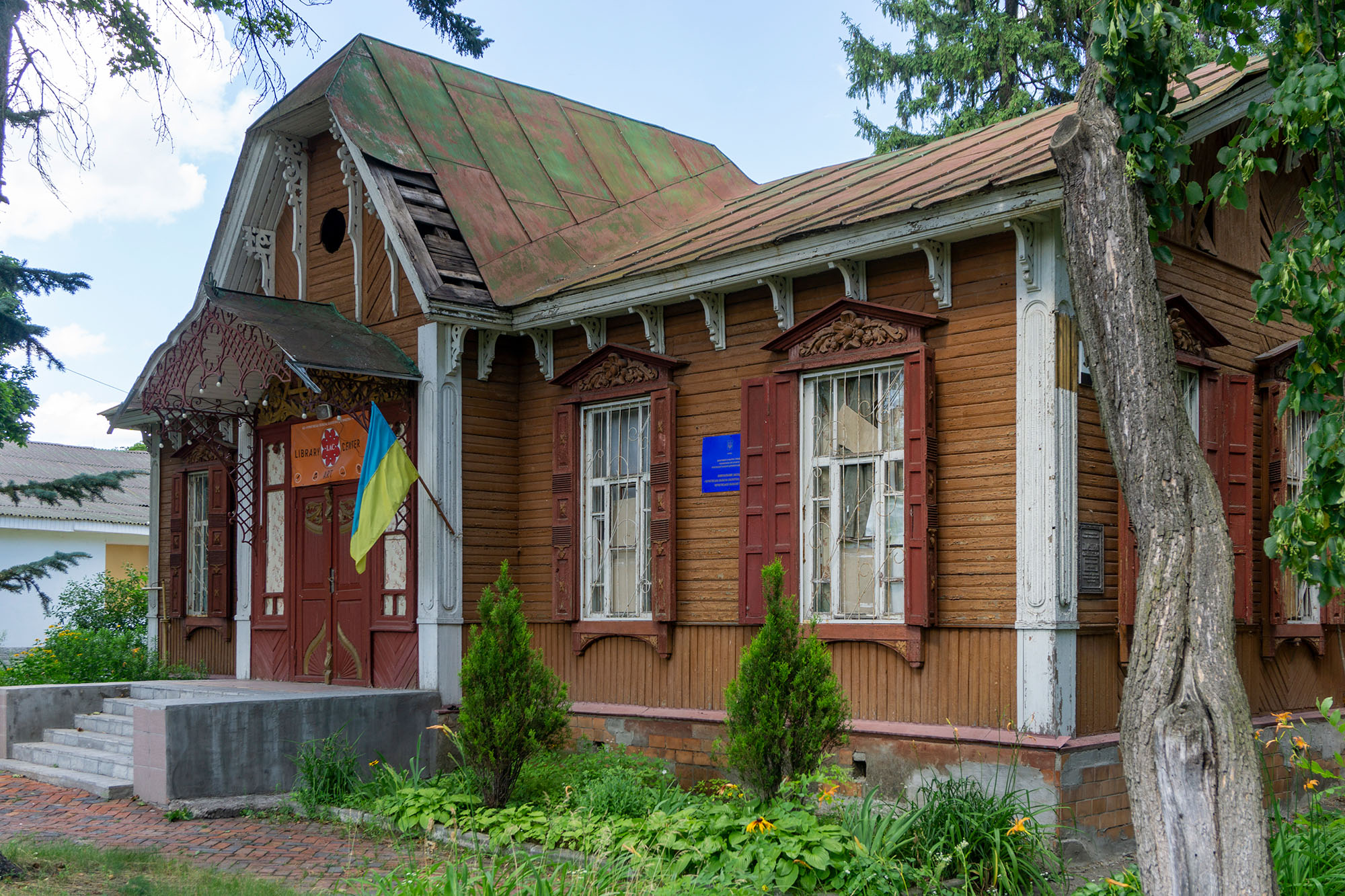

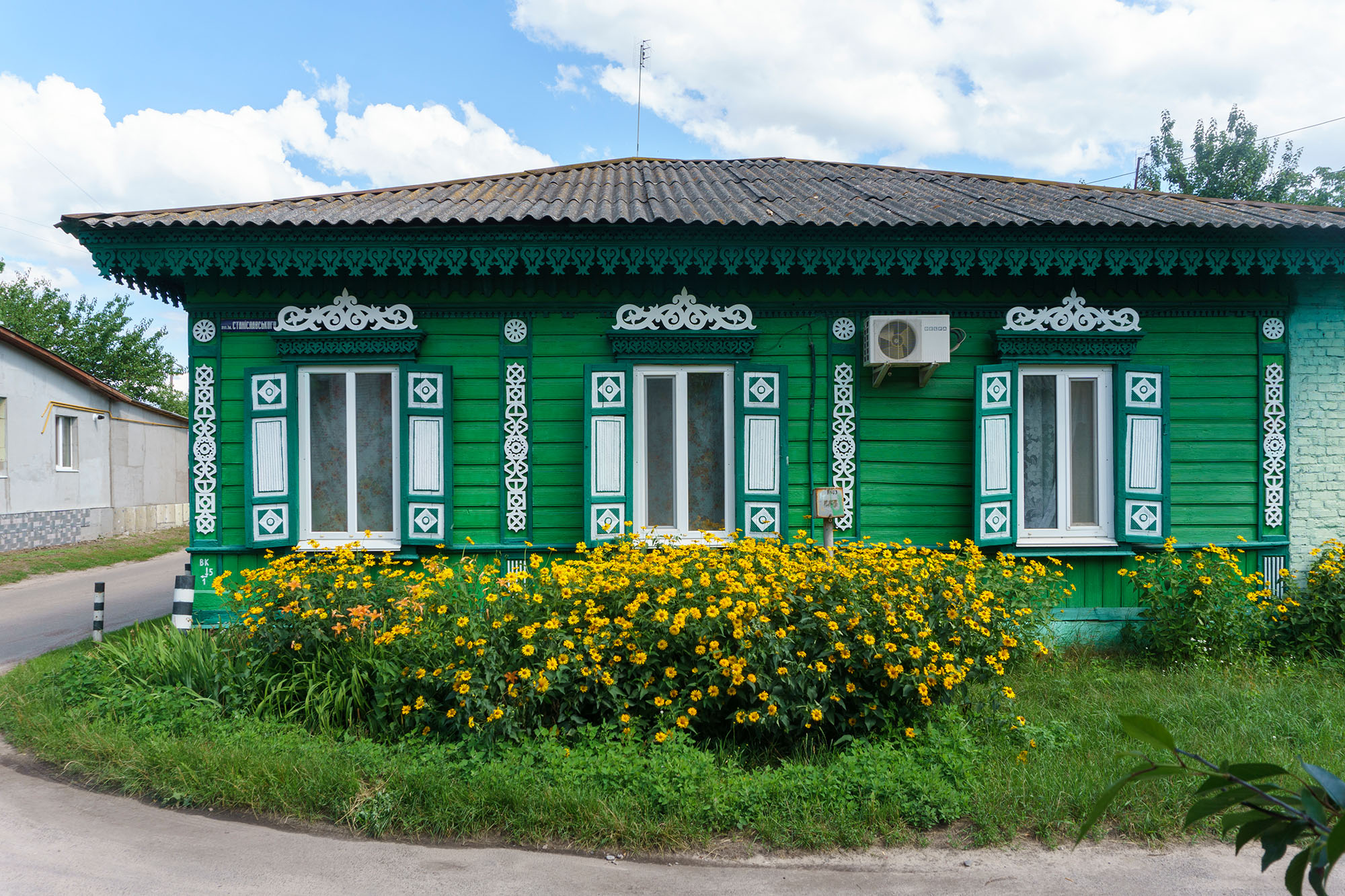
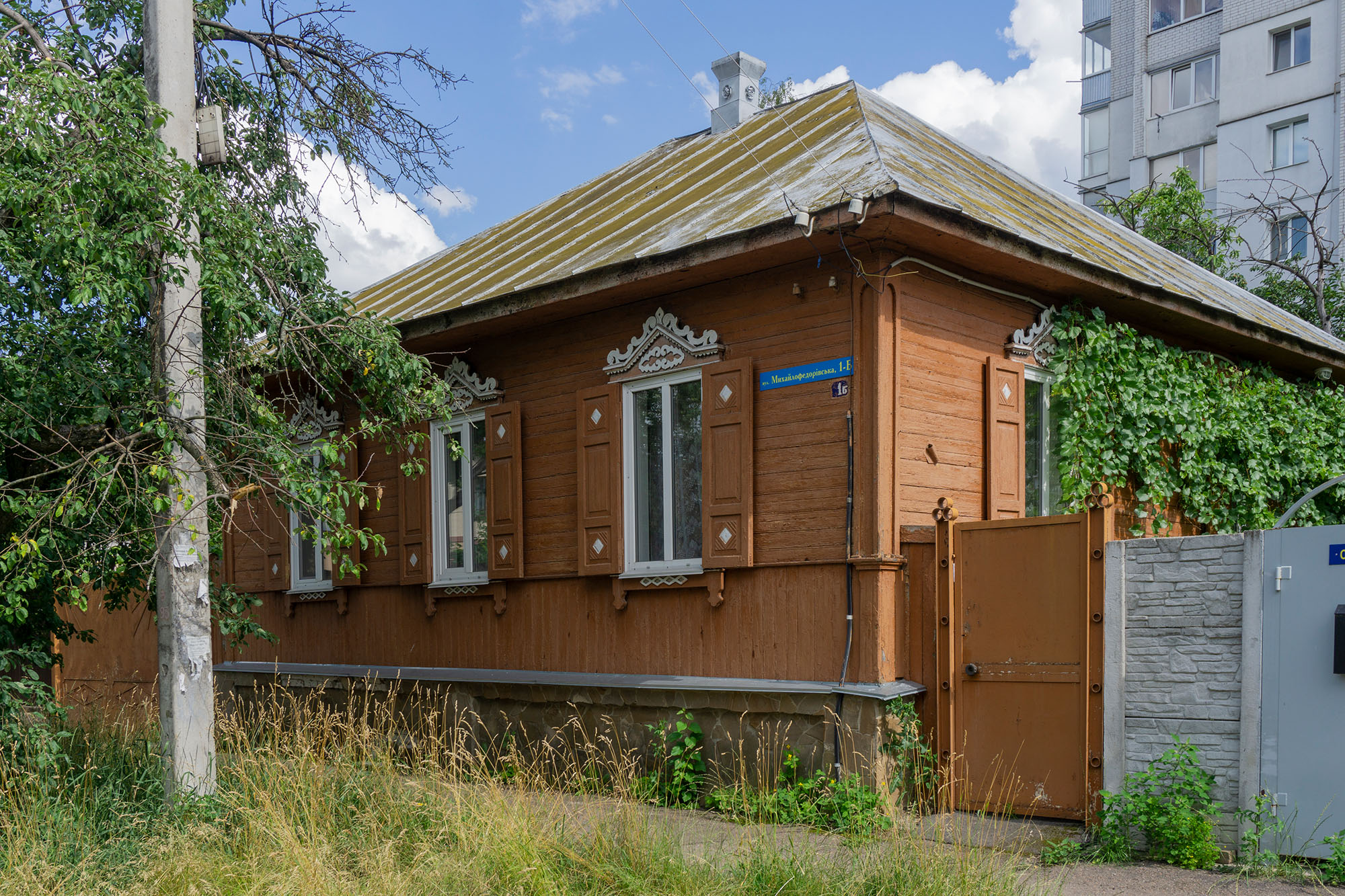
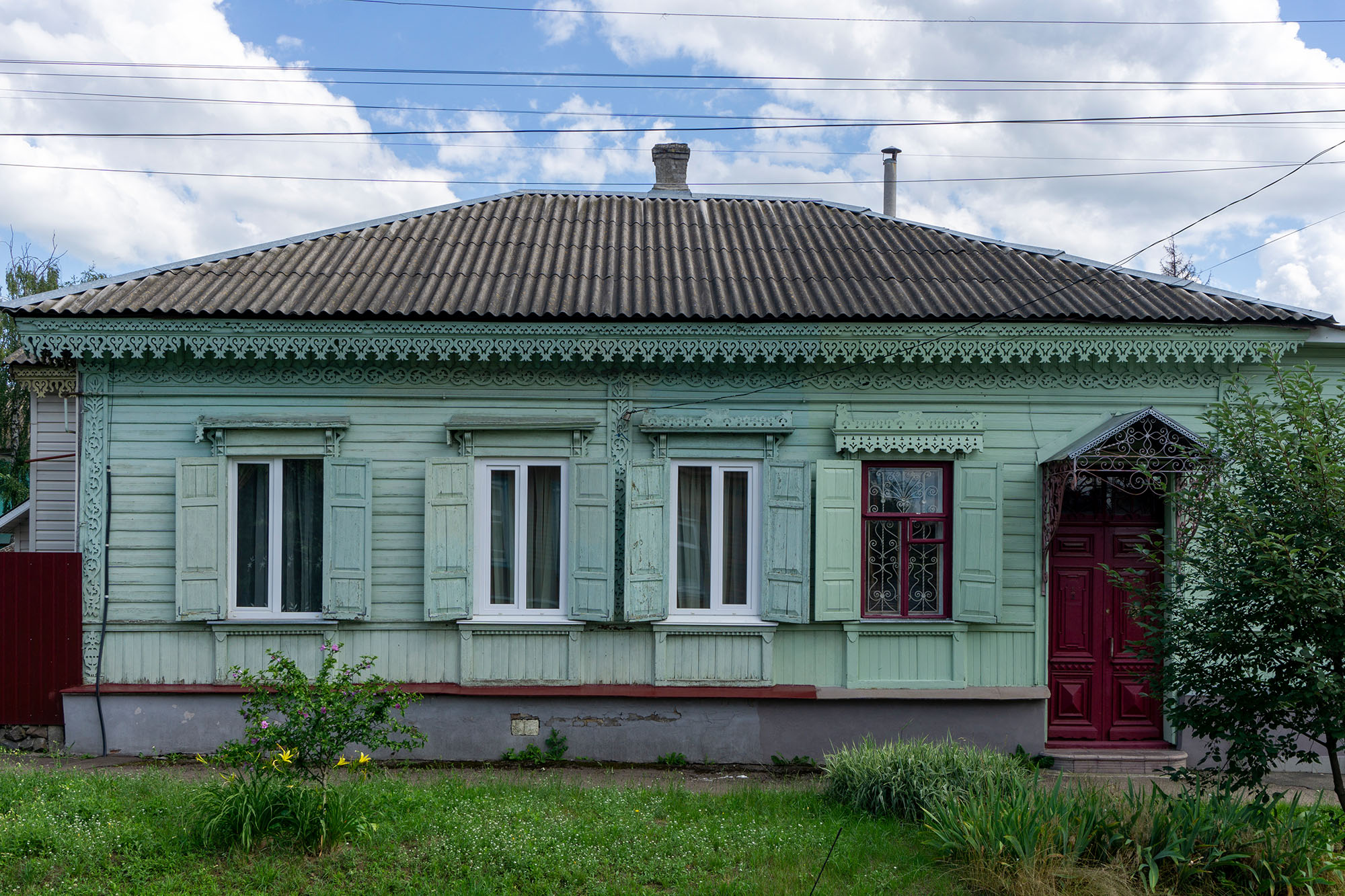
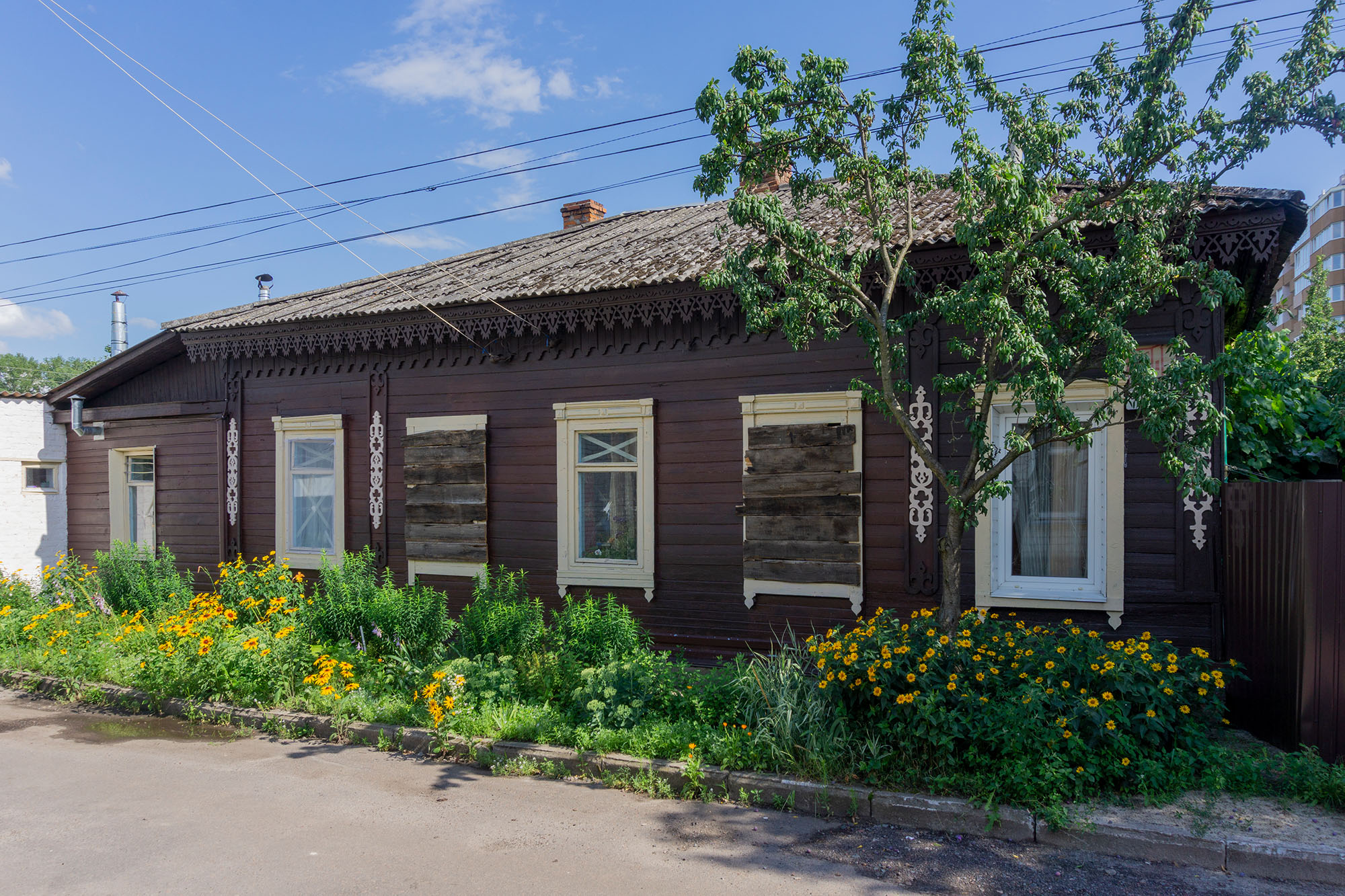

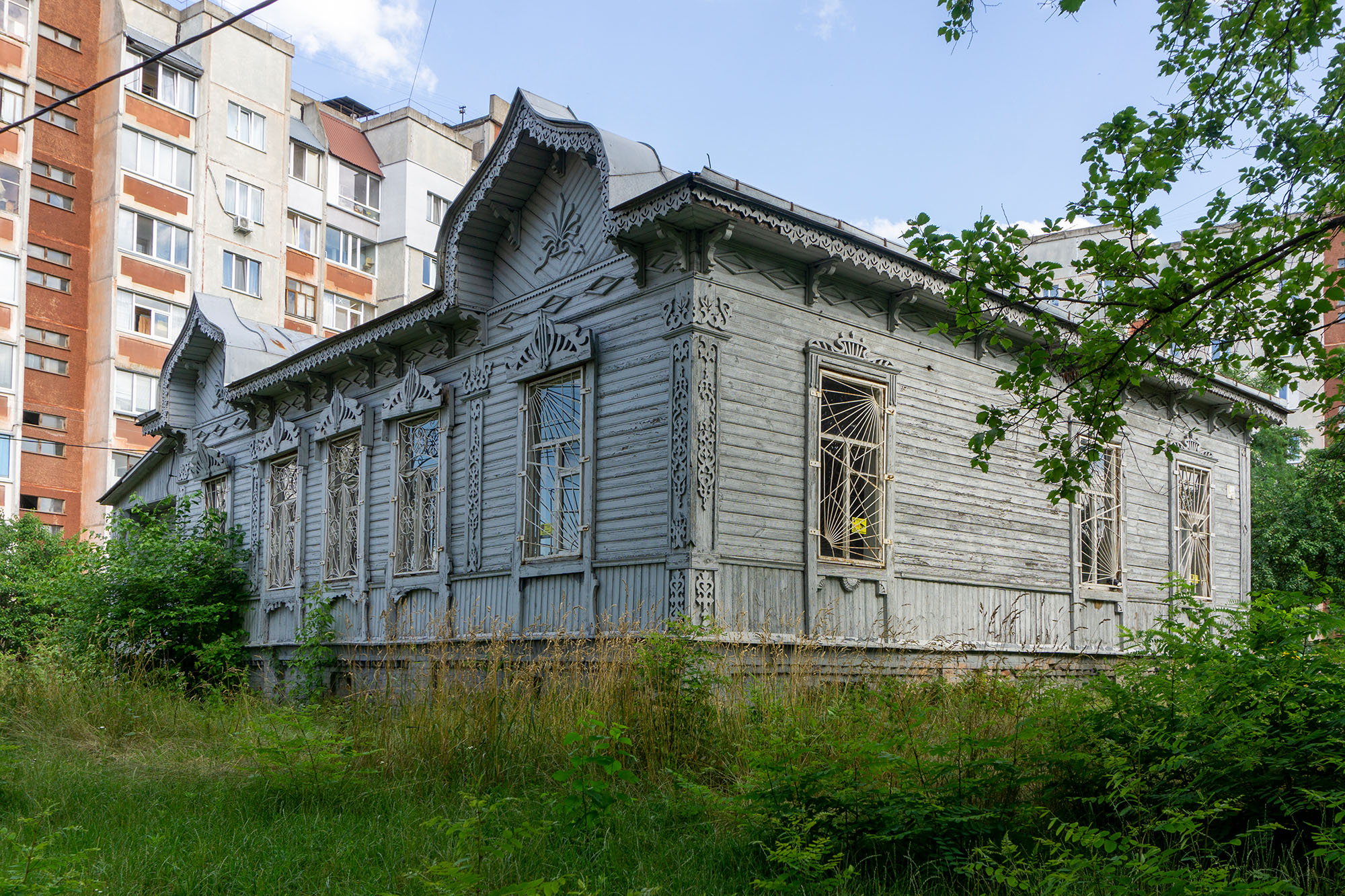

It’s hard to count how many wooden houses there are in the city. World War II wiped out 70% of Chernihiv, but a few thousand of them survived still. Besides, some wood log houses were faced with brick, so it’s impossible to tell from the house’s appearance if it’s built from brick or wood.
There are many architectural and historical landmarks among Chernihiv’s wooden structures. The authorities don’t seem to care about them, though, never mind the buildings that have no protected status. I decided to rectify this. In 2018, other volunteers and I established the Wooden Lace of Chernihiv online museum, mapping the location of about 200 most interesting houses.
I was first approached to restore a building in 2019 when the online museum already existed — a woman decided to convert her family homestead into a museum and invited us to do it.
Overall we have restored six houses in the city and the region, and now we are working on the seventh and eighth ones — we would have finished them in spring if not for the war. The siege of Chernihiv delayed the project, but we have been gradually going back to work since May, even if having much less time to spare. The war destroyed only one house on our map, and another was damaged by the shock wave. Luckily, others are intact.
Most buildings are OK now. However, they are all in jeopardy because people don’t realize how valuable this kind of architecture is, facing such houses with brick or outright demolishing them. We do three things to change this: document the buildings in our online museum, restore them physically, and raise awareness about them. Presently, there are about 25 volunteers in our team.
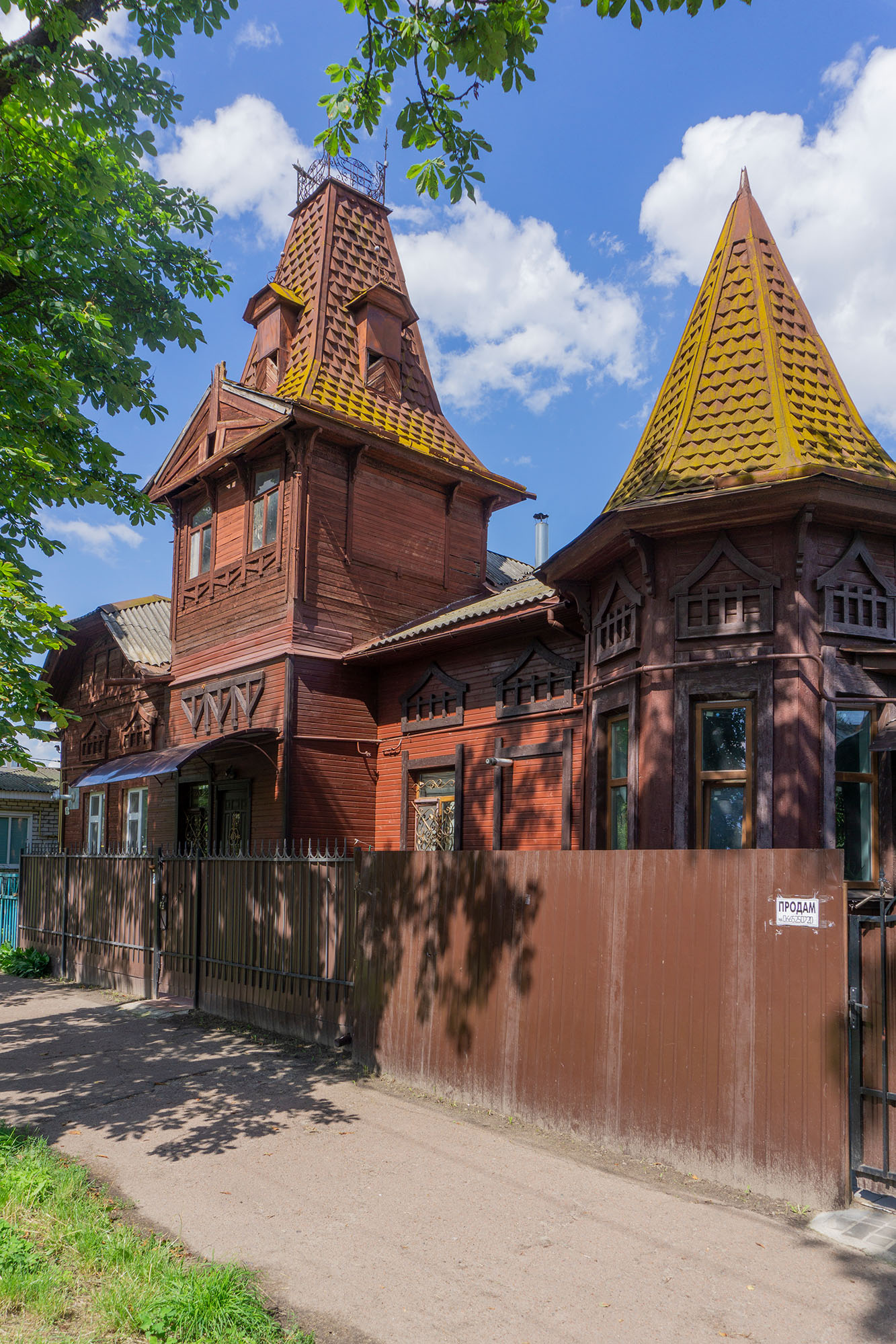


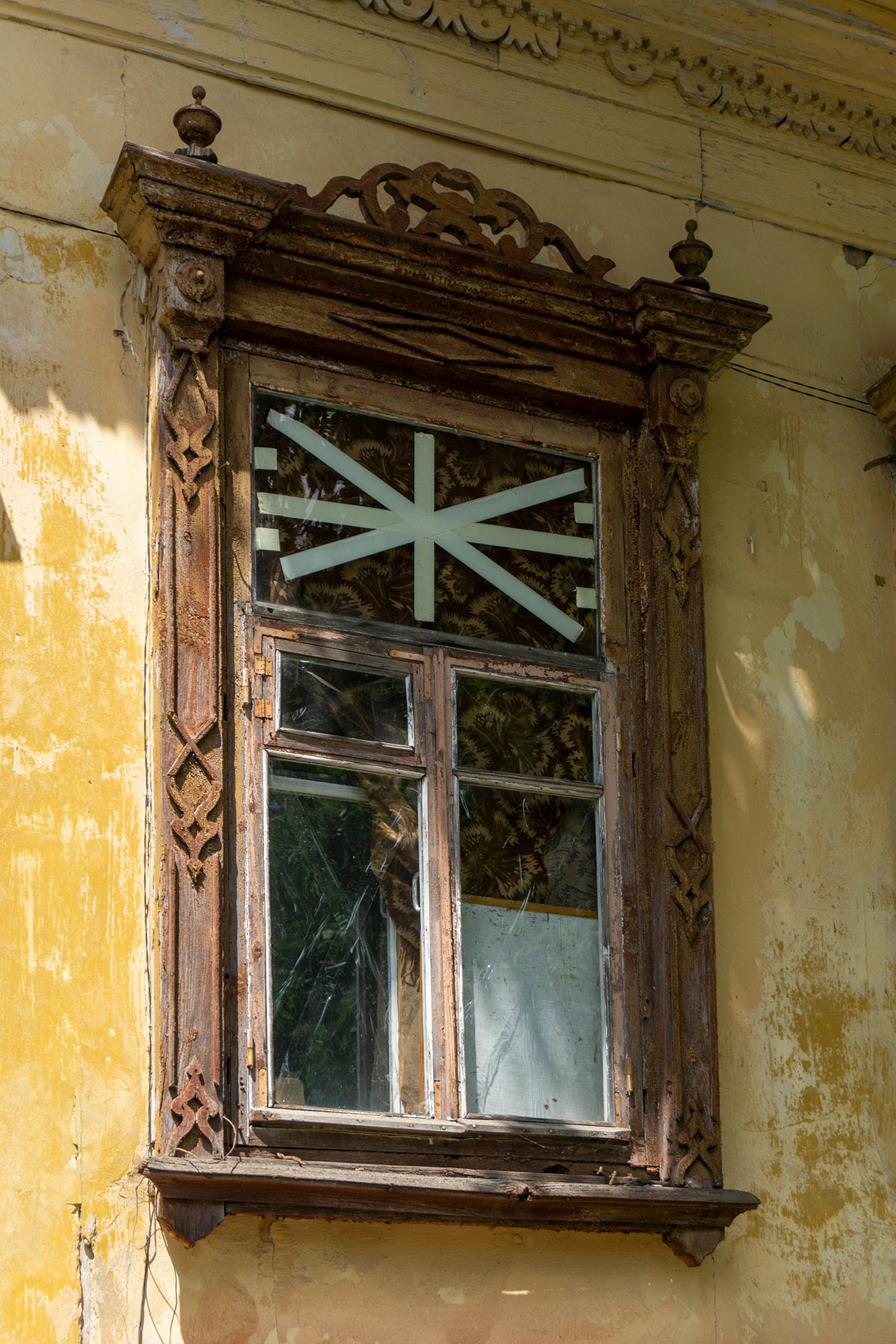
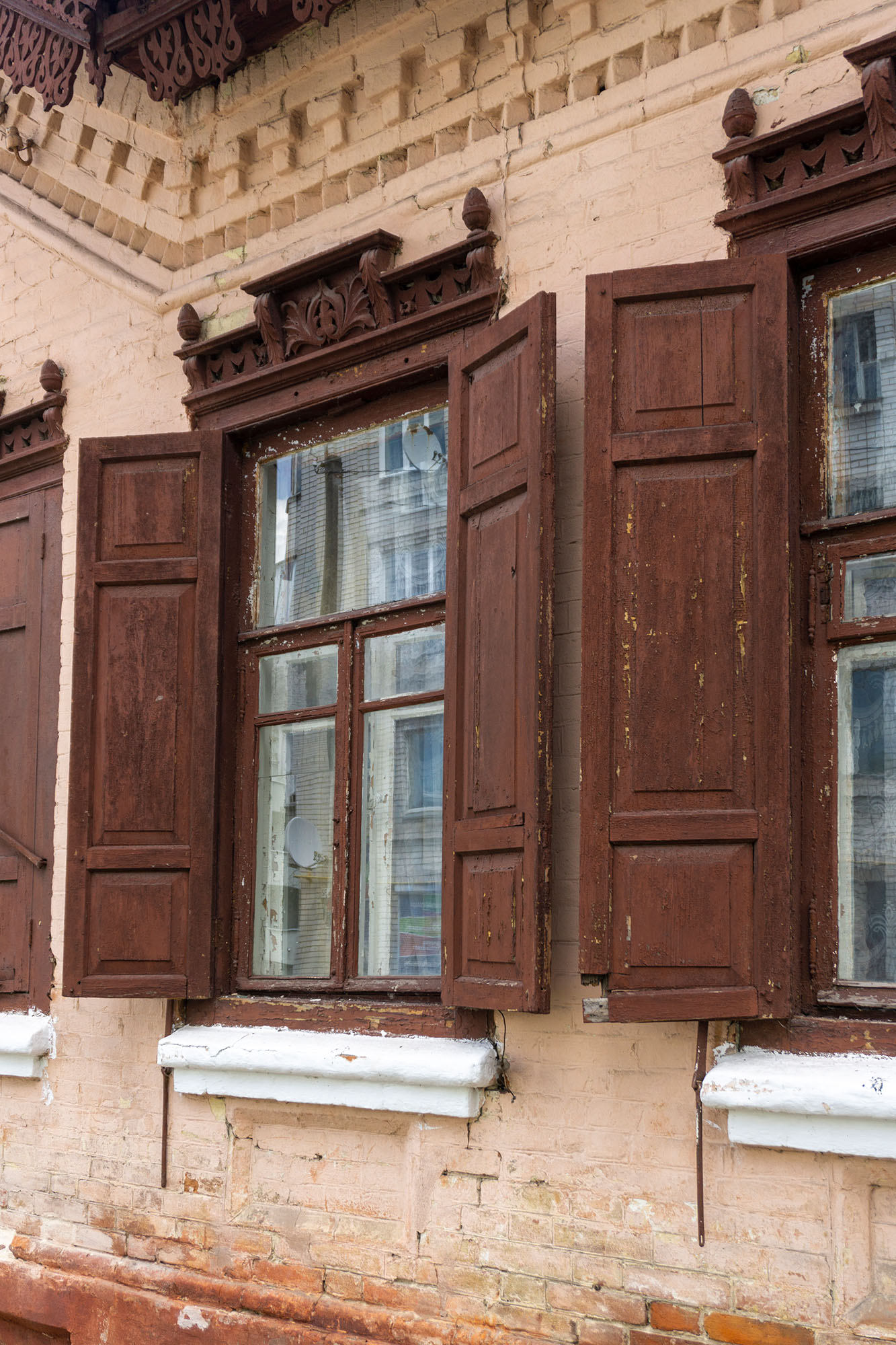
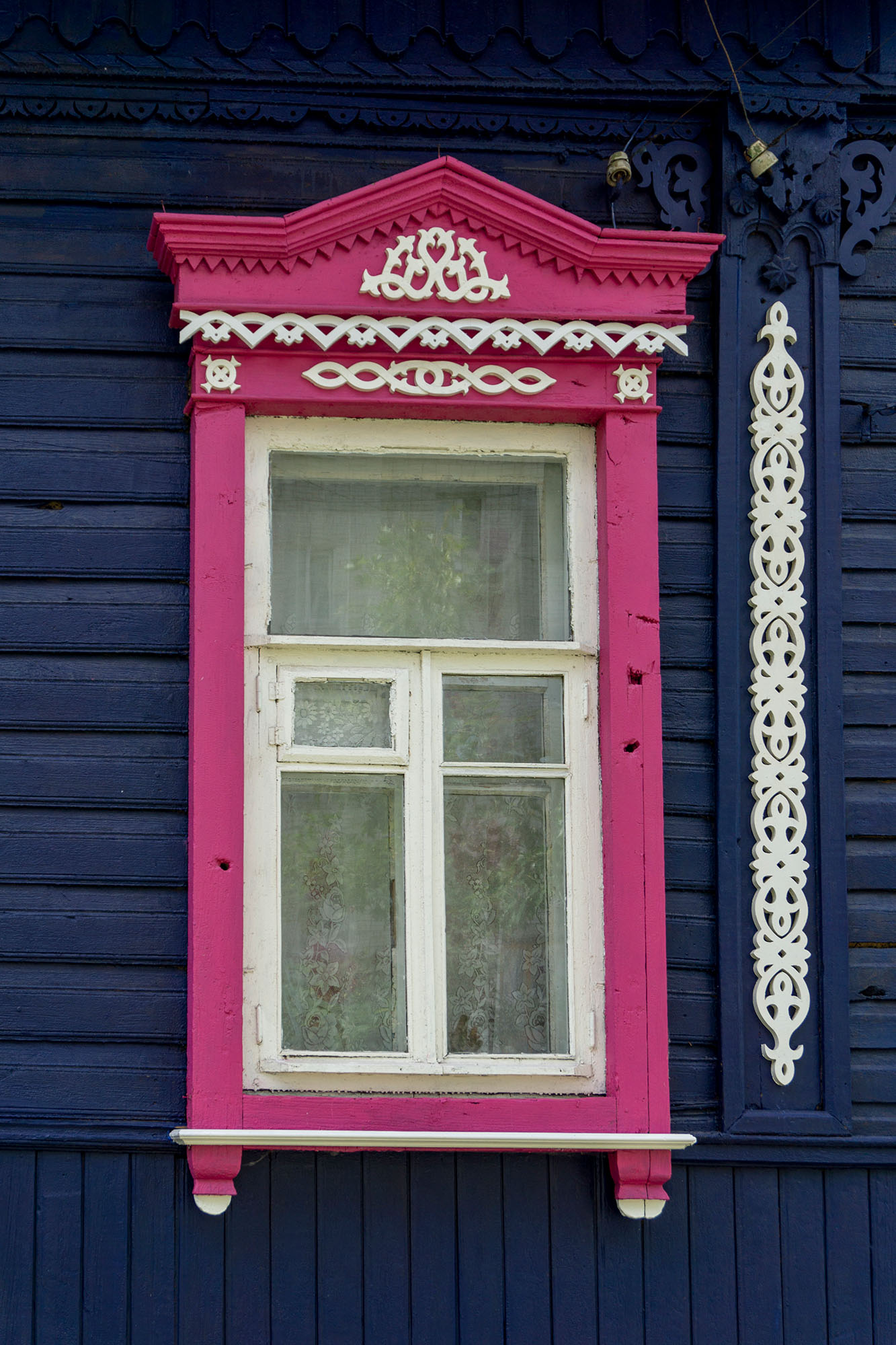

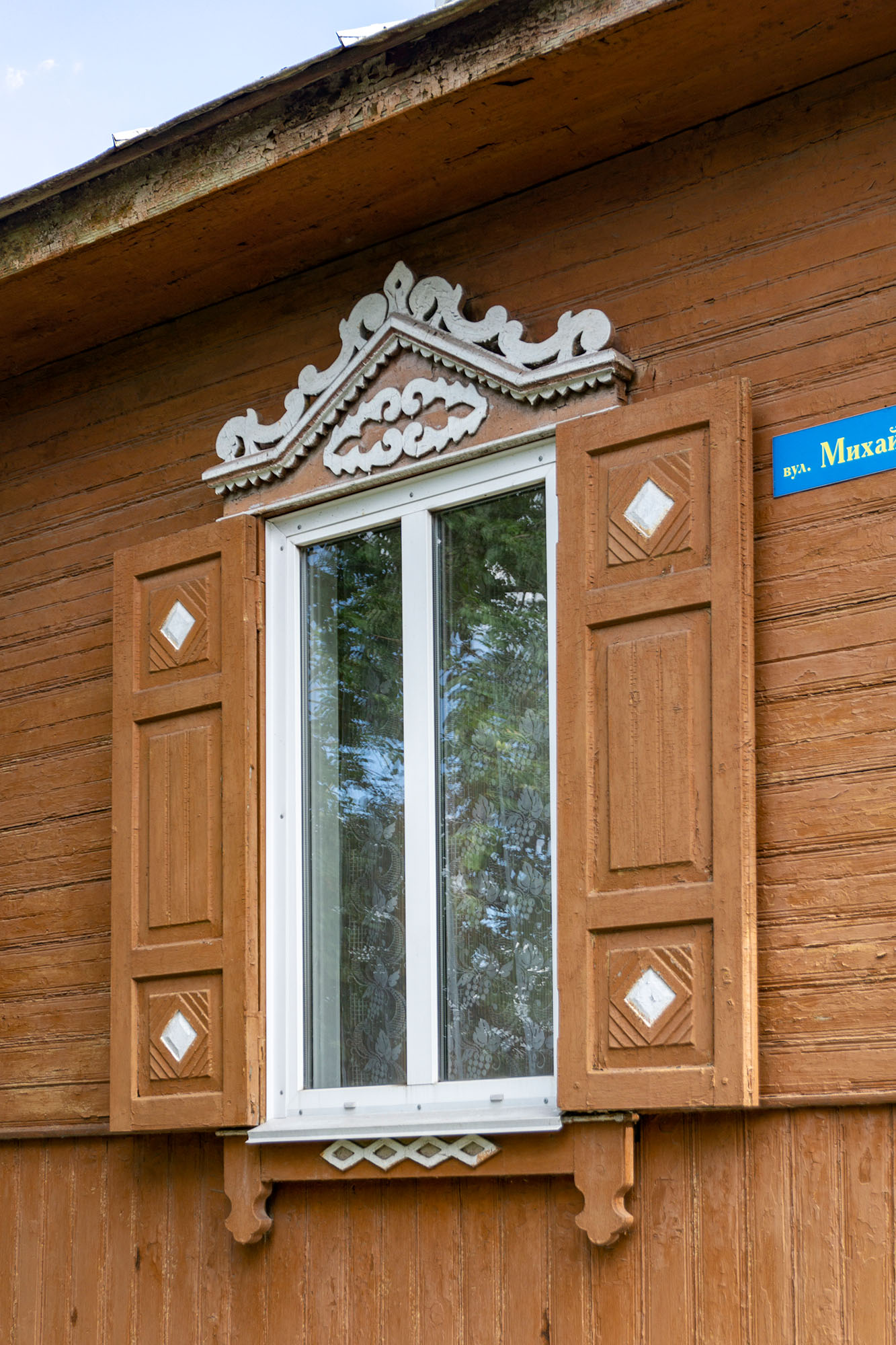
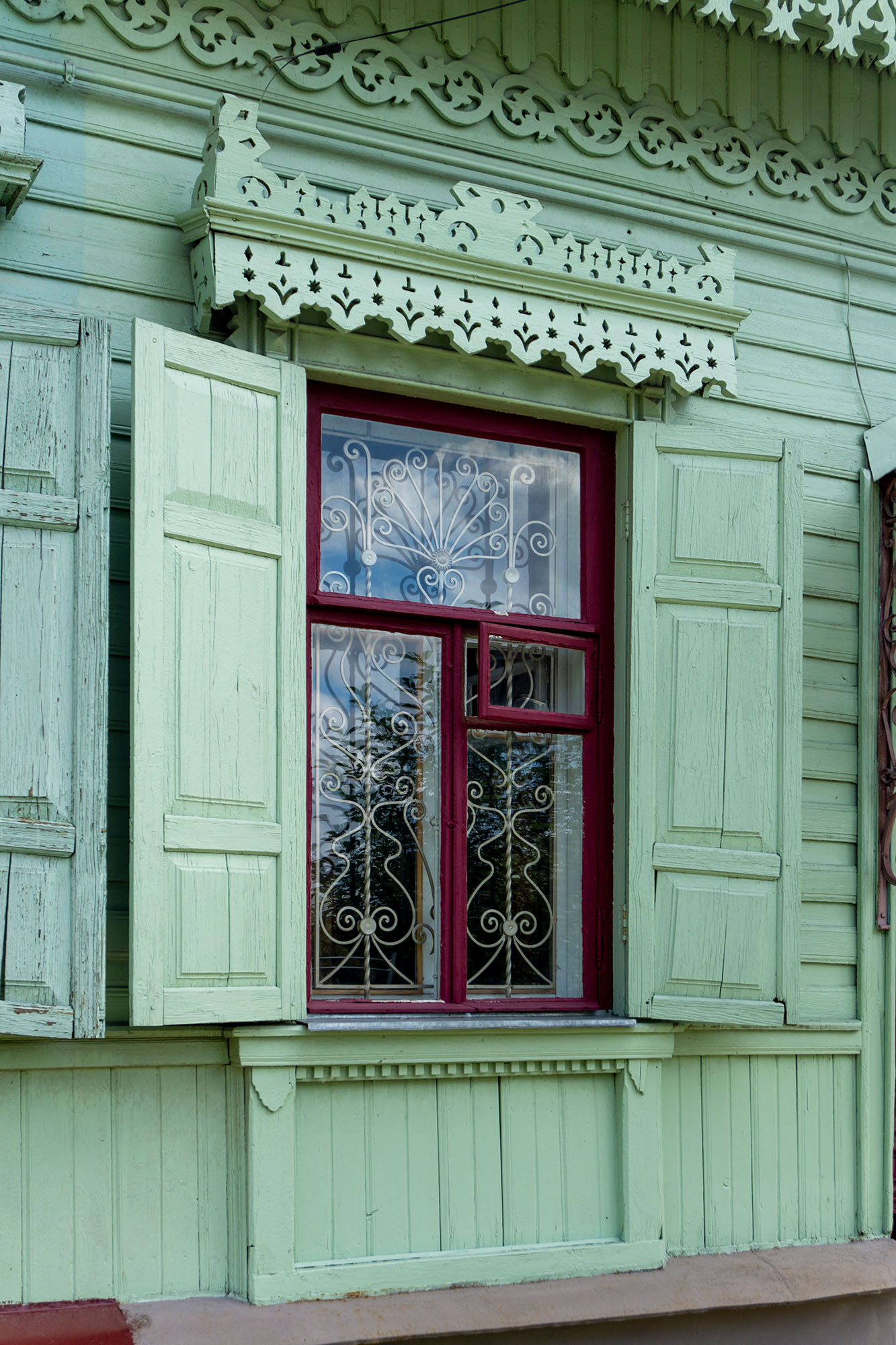

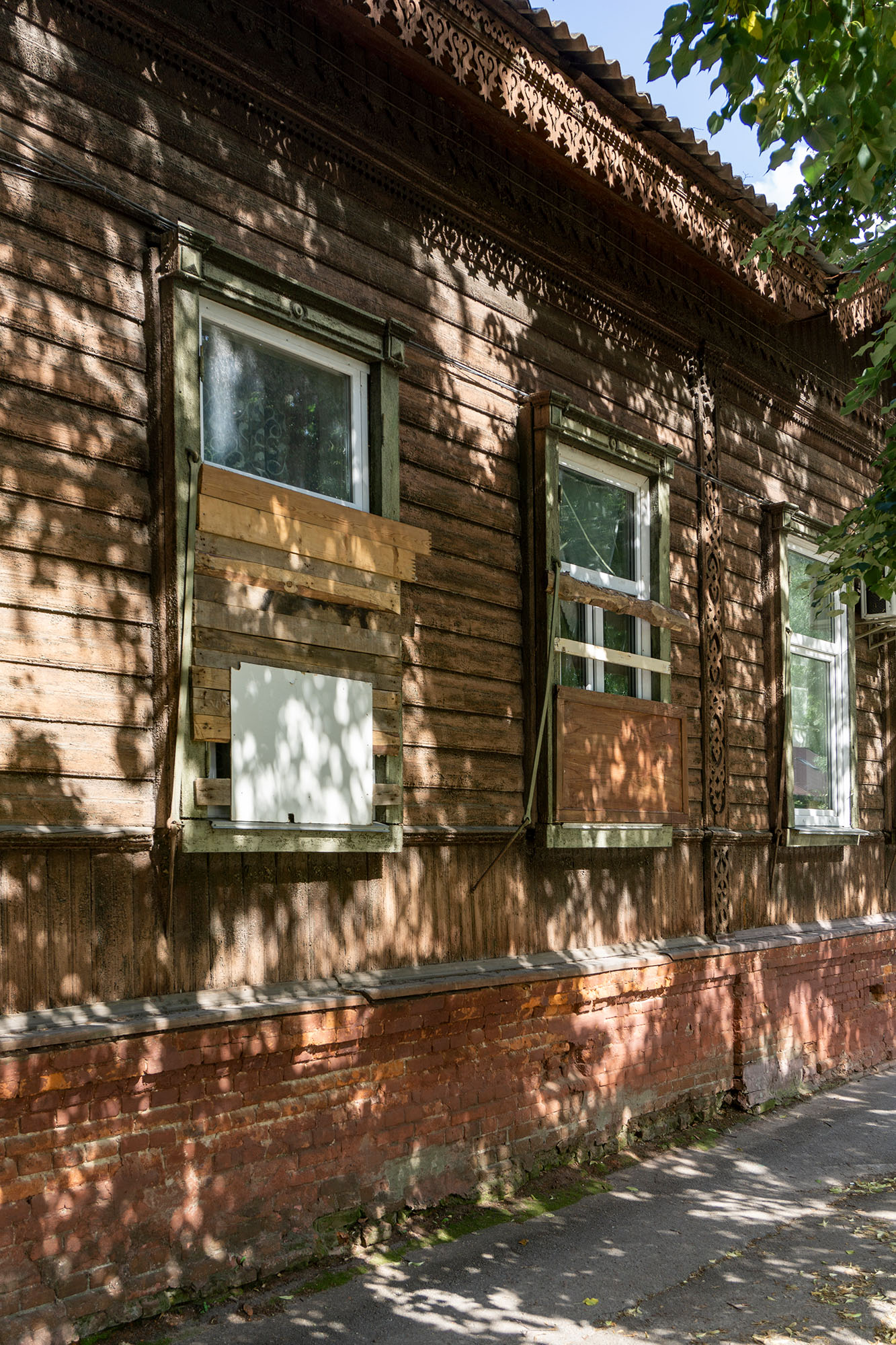
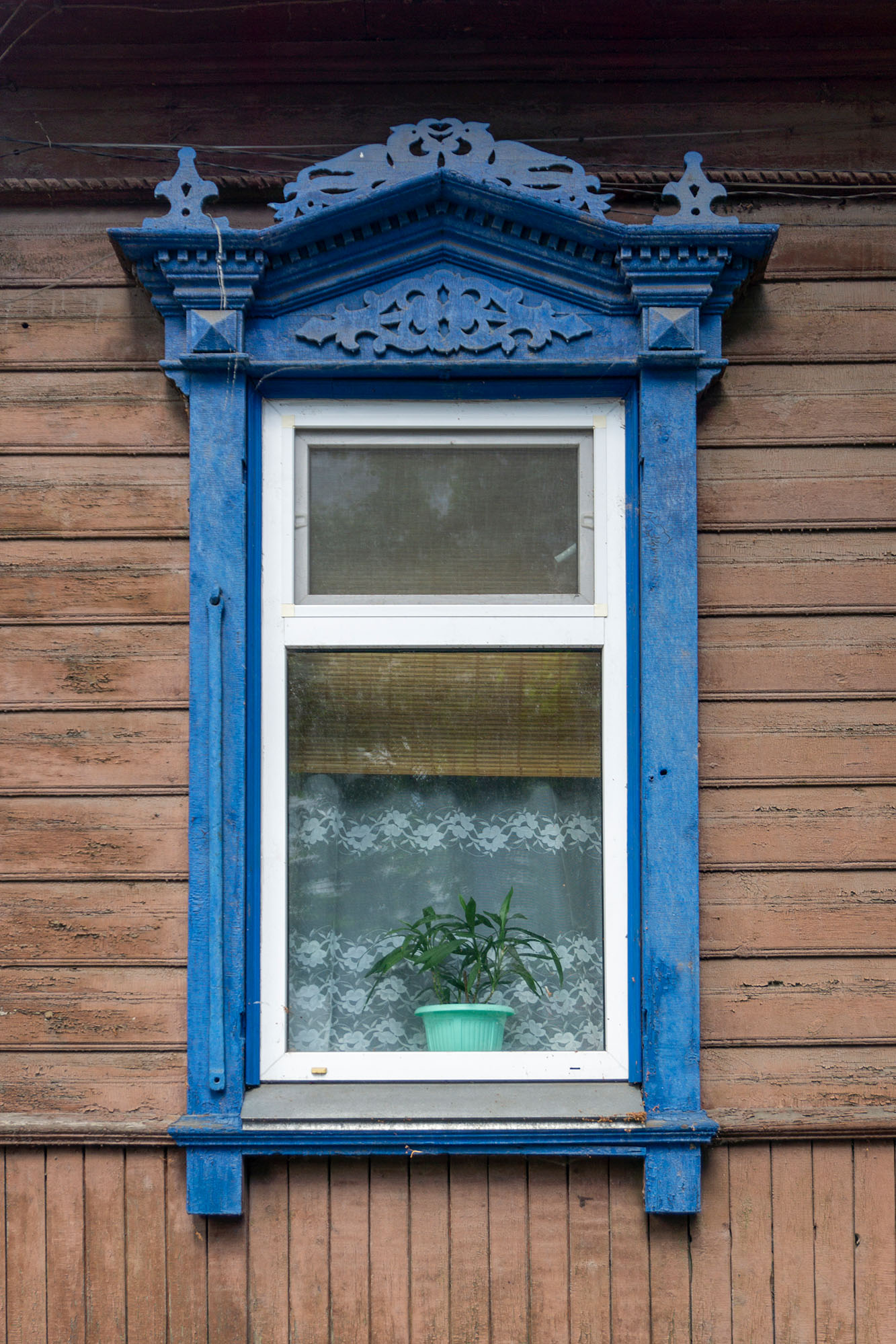
We use alder in our house restoration activities. It’s more convenient and lasts longer than pine used in construction and ornament carving previously. It’s up to owners to choose the colour, as there are no historically accurate ones. Most probably, such buildings were not painted at all to save money. One czarist-era painting shows houses in Chernihiv painted yellow and violet. In the USSR, dark-green and dark-red paints were used — those were probably the easiest to get. You can’t leave them unpainted. First, you have to protect the wood, and then it’s impossible to fully clean the wood from paint residue. In the central part of Chernihiv, most buildings are painted yellow, red, and dark red, and we strive to preserve this warm atmosphere.
We fund the restoration how we can. The owner may cover all expenses, or we may split them or cover everything ourselves. I raise money for our projects via my own bank account or Patreon. It may cost UAH 6,000–8,000 to work on one building if we are talking about the lace only, but the costs may go as high as UAH 40,000. In the case of the house we are finishing now, the wood alone set us back UAH 15,000.
Lace restoration costs may vary from UAH 6,000–8,000 to as much as UAH 40,000.
Chernihiv Polytechnic National University makes the ornaments for us free of charge on its CNC equipment, which is very precise but rather slow — a small ornament piece may take about half an hour to complete. The process is overseen by Serhii Boyko, Associate Professor with the university’s Machine Building and Woodworking Department. He programs the equipment and cuts out the ornaments in his own spare time.
Usually, we work only on facades, but there was one project we had to do from the foundation up. The owner wanted to fully restore his 1890 house, which was also a historical landmark. He supervised the project himself, taking on the role of construction and hiring builders, and entrusted us with the ornamentation. A new foundation was made, and the part of the building that had rotten logs were jacked up to replace them. All ornamental boards were numbered and removed, lath and plaster were removed, the log walls were insulated with mineral wool and film to protect them from moisture, and then the ornaments were put back. The building was thus protected from rotting and insulated to keep moisture away and conserve heat. Also, its wooden windows and lace were restored. It was a very appropriate and careful approach.
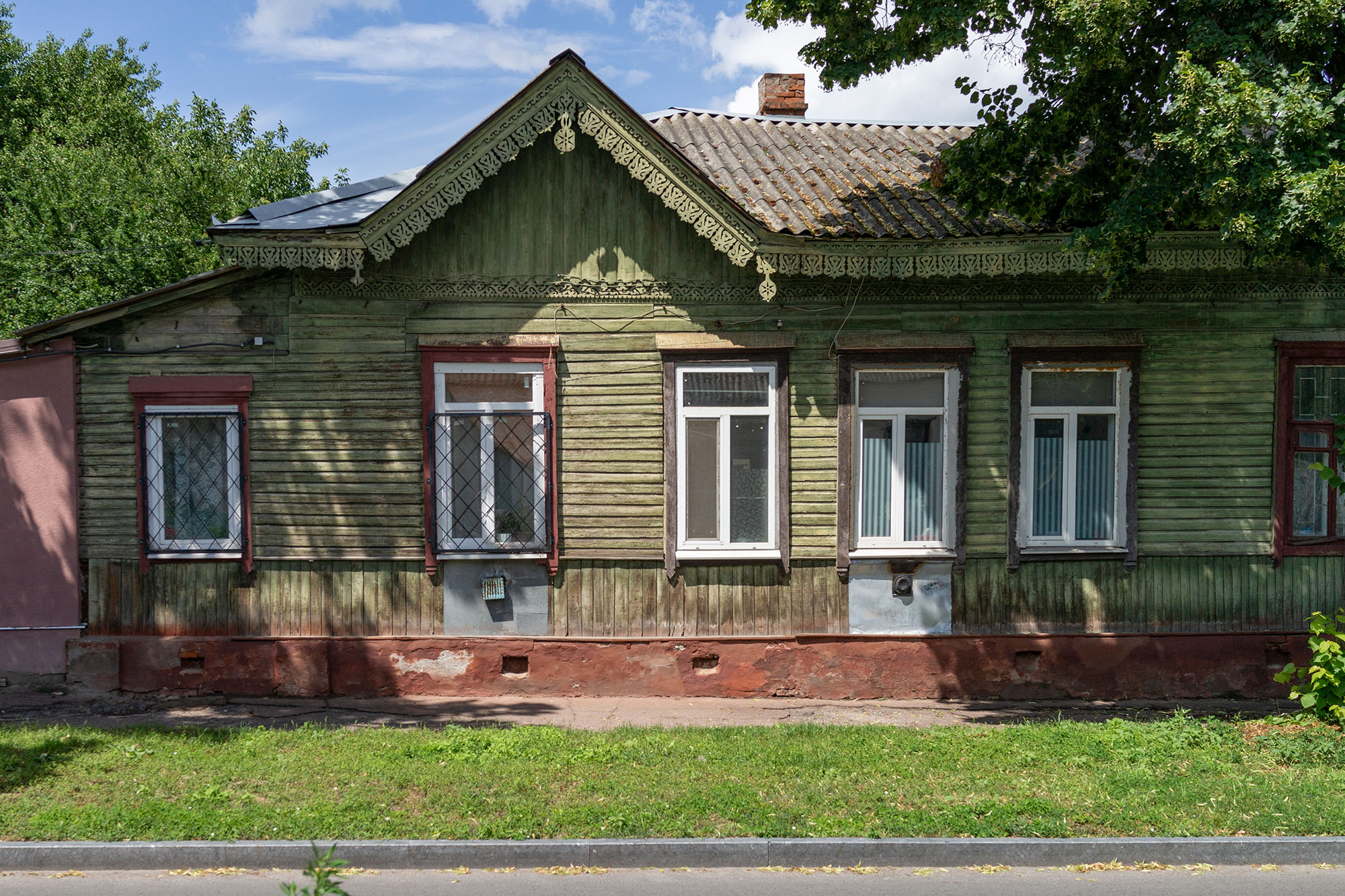
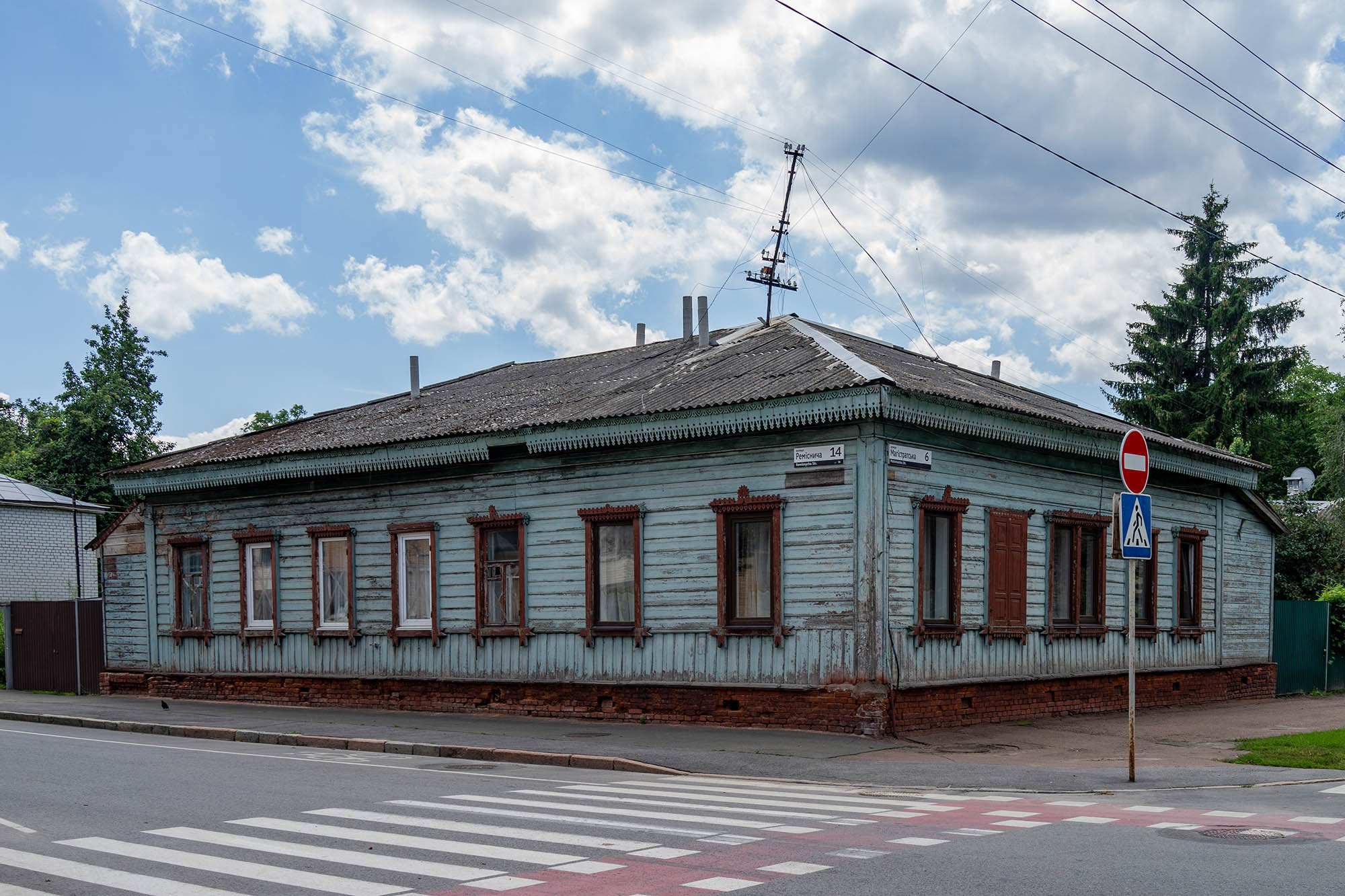
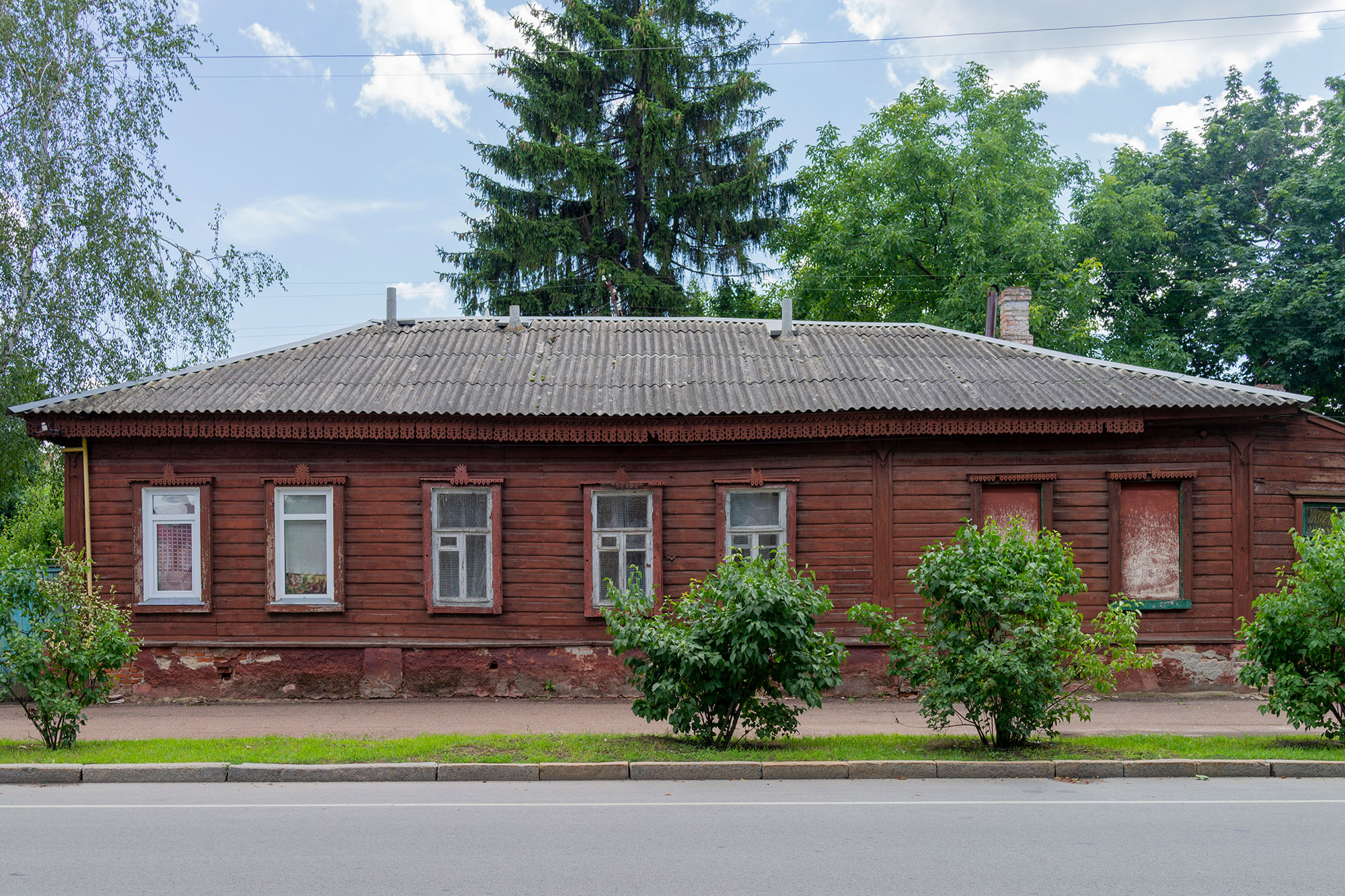

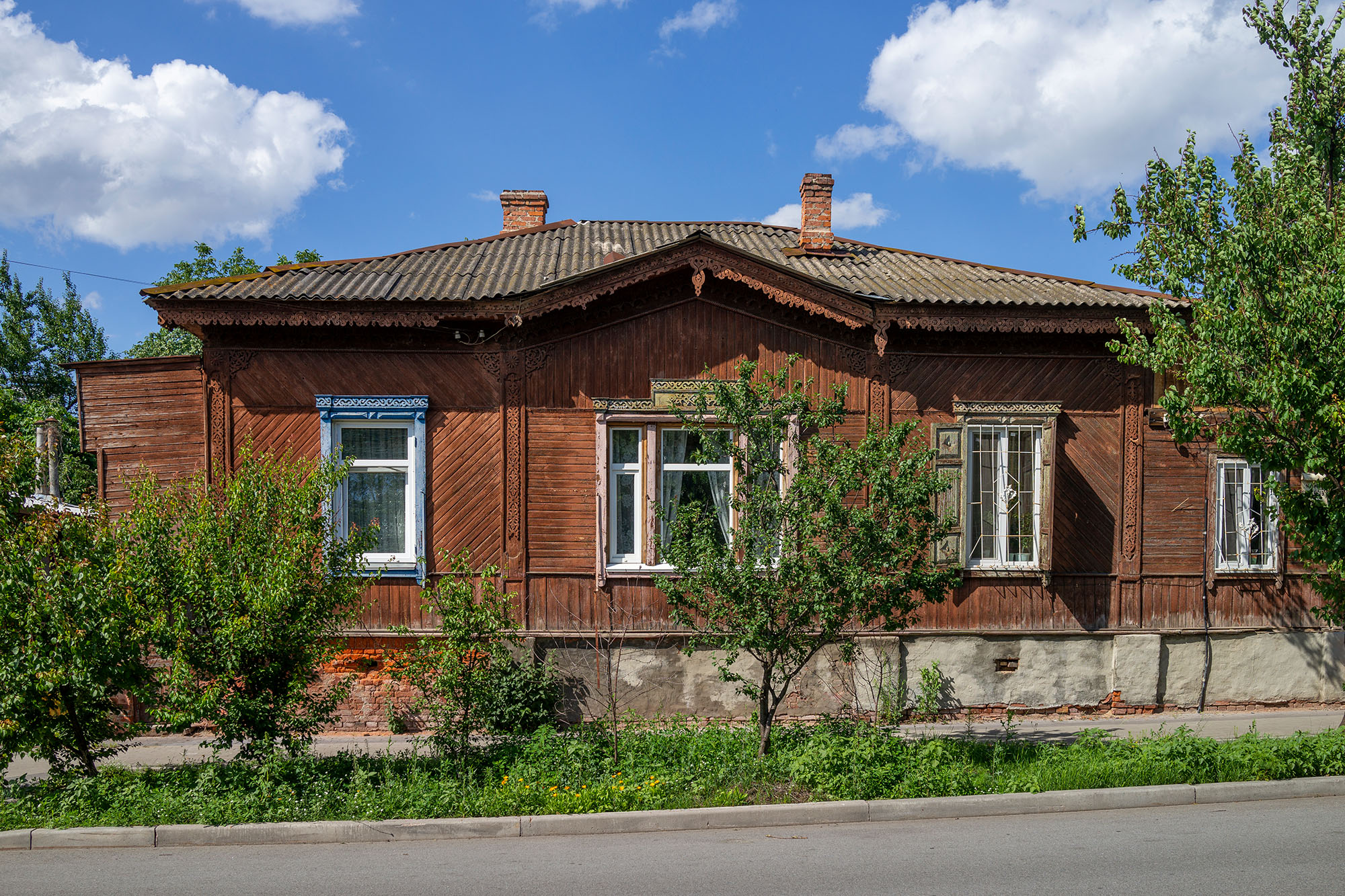
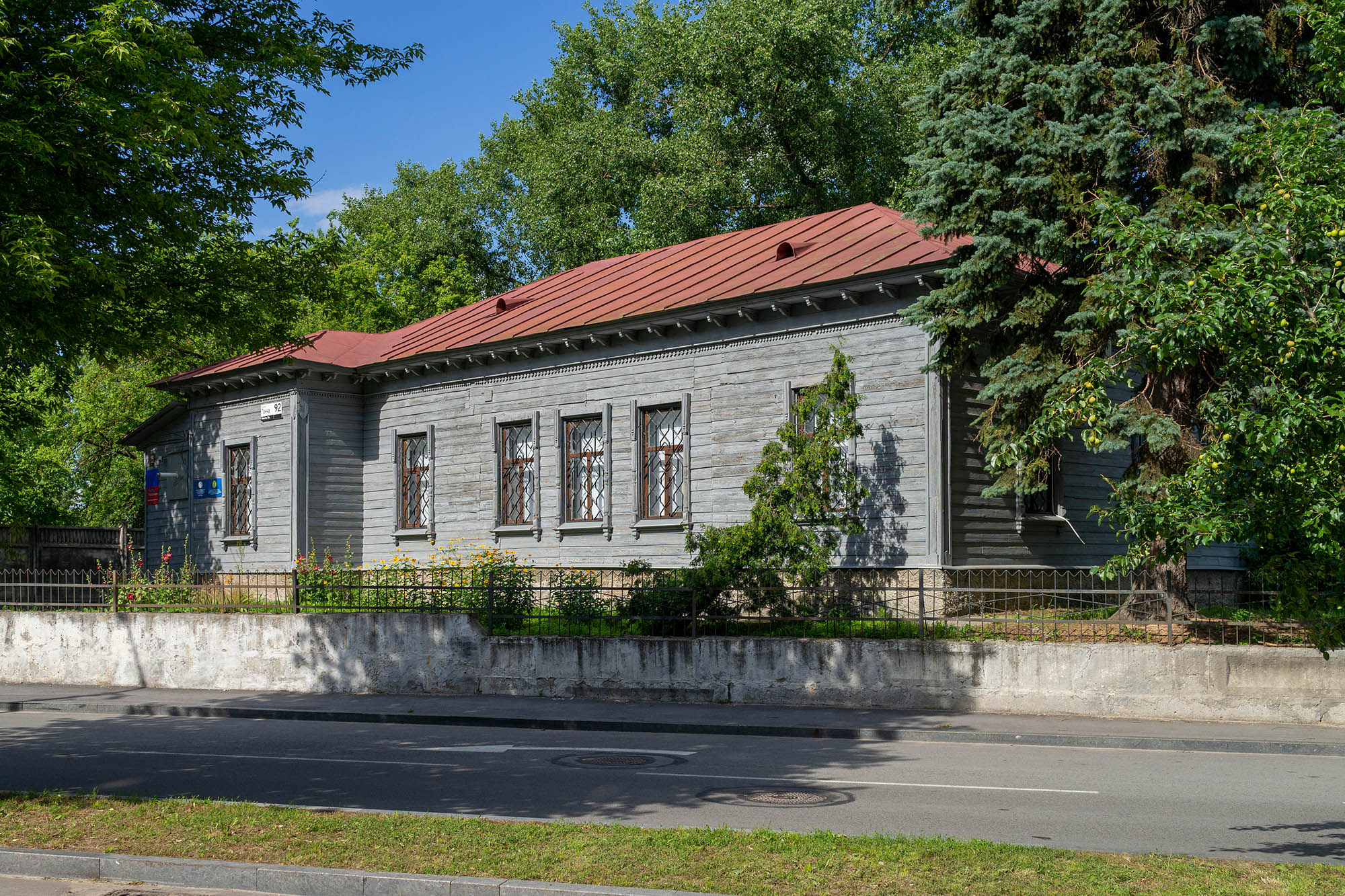
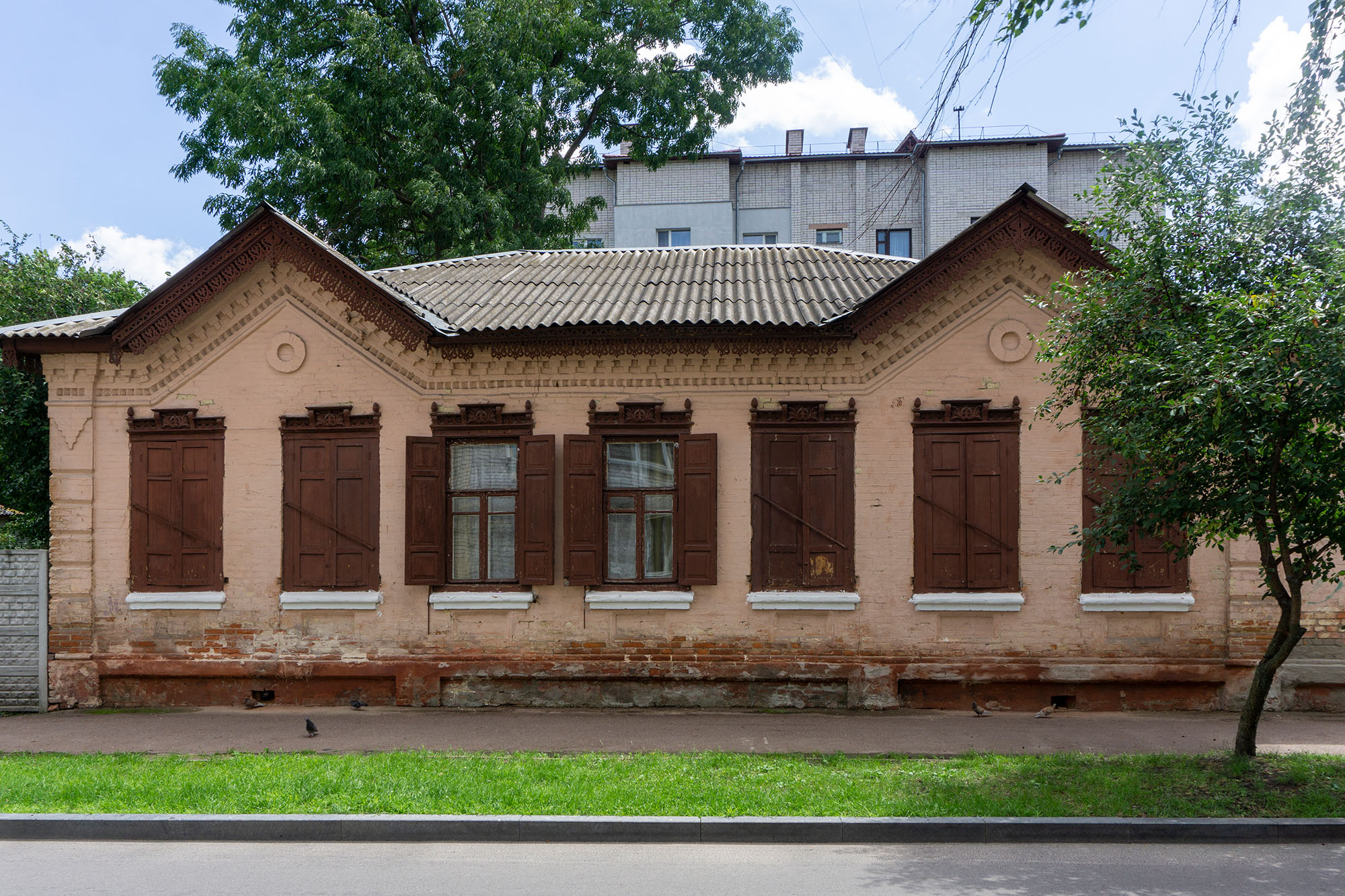
We plan to revive the local tradition of decorating wooden buildings in the city. To me, it’s like making a vyshyvanka (Ukrainian traditional embroidered shirts — Translator’s Note) with ancient ornaments — not imitation, but the preservation of our culture.
Before we launched our own project, the city council ignored Chernihiv’s wooden architecture. Afterwards, however, local authorities started showcasing it as something to visit Chernihiv for, putting the photos of those buildings on billboards in other cities. That said, the officials themselves contribute nothing to restoring or preserving the houses. They don’t interfere with what we do either, and that’s something to be thankful for, I guess.
Photo: Oleksandr Burlaka and Dmytro Prutkin exclusively for Bird in Flight
New and best


